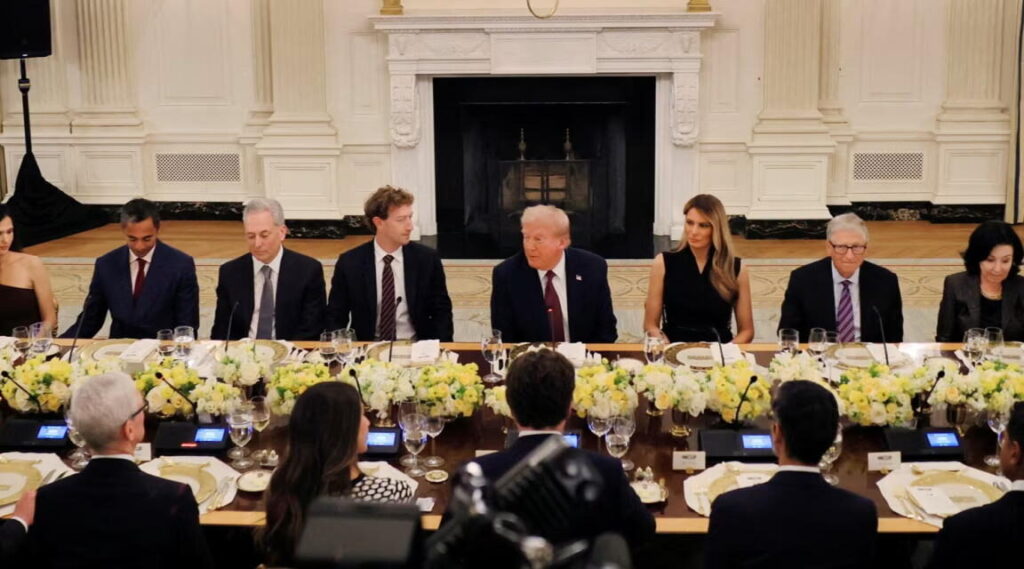AI vs. MAGA: Populists alarmed by Trump’s embrace of AI, Big Tech
Some Republicans are still angry over the deplatforming of Trump by tech executives once known for their progressive politics. They had been joined by a “vocal and growing group of conservatives who are fundamentally suspicious of the benefits of technological innovation,” Thierer said.
With MAGA skeptics on one side and Big Tech allies of the president on the other, a “battle for the soul of the conservative movement” is under way.
Popular resentment is now a threat to Trump’s Republican Party, warn some of its biggest supporters—especially if AI begins displacing jobs as many of its exponents suggest.
“You can displace farm workers—what are they going to do about it? You can displace factory workers—they will just kill themselves with drugs and fast food,” Tucker Carlson, one of the MAGA movement’s most prominent media figures, told a tech conference on Monday.
“If you do that to lawyers and non-profit sector employees, you will get a revolution.”
It made Trump’s embrace of Silicon Valley bosses a “significant risk” for his administration ahead of next year’s midterm elections, a leading Republican strategist said.
“It’s a real double-edged sword—the administration is forced to embrace [AI] because if the US is not the leader in AI, China will be,” the strategist said, echoing the kind of argument made by Sacks and fellow Trump adviser Michael Kratsios for their AI policy platform.
“But you could see unemployment spiking over the next year,” the strategist said.
Other MAGA supporters are urging Trump to tone down at least his public cheerleading for an AI sector so many of them consider a threat.
“The pressure that is being placed on conservatives to fall in line… is a recipe for discontent,” said Toscano.
By courting AI bosses, the Republican Party, which claims to represent the pro-family movement, religious communities, and American workers, appeared to be embracing those who are antithetical to all of those groups, he warned.
“The current view of things suggests that the most important members of the party are those that are from Silicon Valley,” Toscano said.
Additional reporting by Cristina Criddle in San Francisco.
© 2025 The Financial Times Ltd. All rights reserved. Not to be redistributed, copied, or modified in any way.
AI vs. MAGA: Populists alarmed by Trump’s embrace of AI, Big Tech Read More »





















